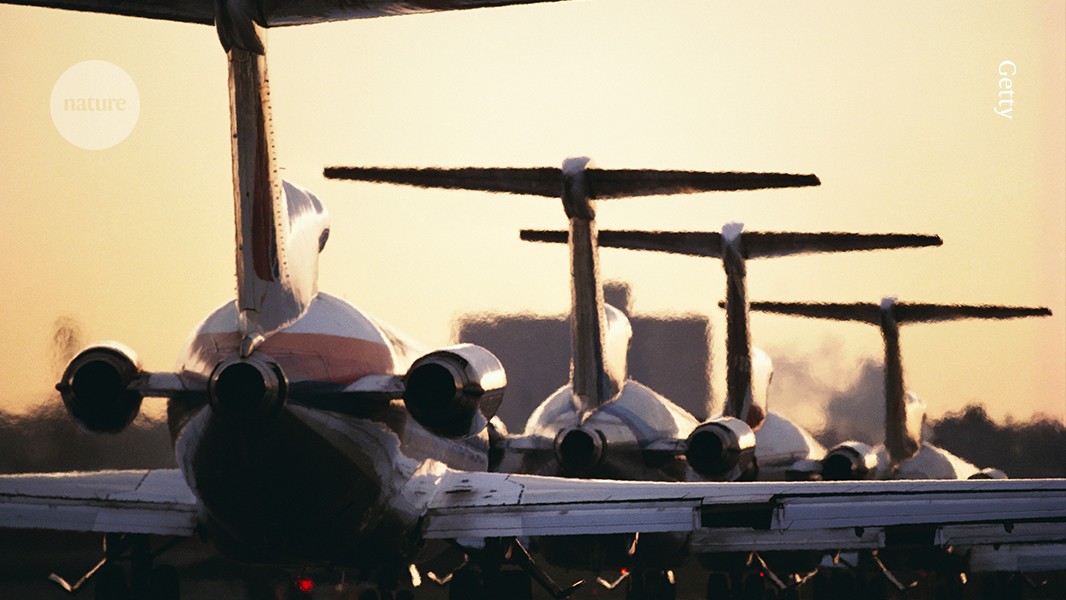Our media systems are at their limits. From climate change to Covid, the most pressing phenomena of our times cannot be captured by the flat media paradigm we’ve built up. The “slow violence” of climate change, as Rob Nixon warns us, is cunningly hard to see, playing out at such a temporal and spatial scale that it might not be seen as violence at all. Though we may get a photo of a flood here or a fire there, we always fall short of representing the thing itself, which exists at a scale that not only defies our perceptual capacities, but even our traditional ideas of what constitutes an object. These crises are in turns too large, small, distributed, or nonhuman to fit neatly into our ready-made genres and mediums.
Take, for example, nature documentaries like the perennial favorite Planet Earth or the newer Obama-narrated series Our Great National Parks. Critics have noted that rather than delivering us to a new understanding of the diverse ecological phenomena that compose the natural world (and our planet at large), these shows tend to opt for a familiar mode that perpetuates the status quo. Stunning images of unspoiled nature overemphasize the Eden-esque dimension of the rapidly shrinking green world and contribute to our complacency, anthropocentric narratives are projected onto animals that naturalize heteronormative nuclear family units, and the lack of humans onscreen sustains a naive vision of a human/nature binary that entrenches our alienation from it. As Chanelle Adams writes for The Drift, by presenting a “manageable slice of an otherwise uncontrollable and chaotic world system,” these shows transform the vast, nuanced phenomena in which we’re enmeshed into low-calorie entertainment, a simple morality tale about conservation.
Time and time again, the media mode we have at present— narrow, bound by genre, ocularcentric, and anthropocentric— has proven too flat to capture the vast complexity of its subjects. It is at once too visual to see the invisible, too abstract to motivate any sort of action, too rooted in the human to help us care for the inhuman Other. Furthermore, our notion of a “medium” as a human-made apparatus for conveying meaning (whether that takes the form of vinyl, film, or silicon-chip) constrains us to an overly anthropic, technological view of what gets to count as media. If we are to discourse with the crises we face, we will need to rethink our fundamental assumptions about our media and interrogate not only the conventions that attend it, but also our ideas about what constitutes a medium in the first place.
Though our media’s trajectory throughout the past century may seem like a series of expansions, each new development was a site of contestation. The history of media is, in many ways, a tug-of-war between those who have wanted to expand and those who have sought to constrain. Writers like Hugo Münsterberg in the early 20th century, for instance, resisted the incorporation of synchronized sound into film by arguing that sound “interfered with the chance of the moving pictures to develop their original nature.” Decades later, the introduction of color was met with similar friction from the artistic establishment, who thought it crass, causing color photography to remain relegated to the margins of artistic practice until photographers like Saul Leiter or Joel Meyerowitz began to change popular opinion in the midcentury. Even looking toward recent developments we find this tension between expansion and reduction at play; despite the ubiquity of digital media, the transition from the film cell to computer code had its fair share of skeptics who argued that the loss of filmic indexicality might put us in a position of “total cynicism” with regard to the image.
Moreover, these evolutions didn’t occur in a vacuum, but were constantly responding to broader shifts in the economic and technological architectures. For example, our ocularcentric epistemology—whereby visuals become tied to the cultural reality of events—can be closely linked to the rise of TV over radio as our de facto mass media channel. More recently, the ascent of social media platforms has helped further flatten media by filtering it through an underlying logic of limited attention and “thumbstop rates,” sifting out content that isn’t relatively short, digestible, affectively loaded, and spectacularly visual. In forming itself around these attributes, this flat media sacrifices complexity for convention, nuance and density for immediacy and ease of viewing.
Chimeric media, as opposed to the flat media we have now, introduces depth into this paradigm. Like the fabled chimera after which it’s named, this media will be heterogeneous, mixing the human with the nonhuman, the particular with the monumental, disrupting traditional categories and creating new formations that will allow us to see in a new way. Historically, we can see it as the successor to avant-garde movements like the French New Wave and Dada, which challenged not only the forms and conventions of our media but also the limits of what gets to be considered art or media at all. We begin by deconstructing the two pillars that constitute the heart of current media culture: a belief in the discrete senses (which supports our media’s ocularcentrism), and a view of media as a carrier of distinctly human meaning (which supports its anthropocentrism).






.jpg)
More News
Alphabet’s Revenue Jumps 15% to $80.5 Billion
There’s a Rare $25 Discount on the Nintendo Switch OLED Right Now
Net Neutrality Returns to a Very Different Internet